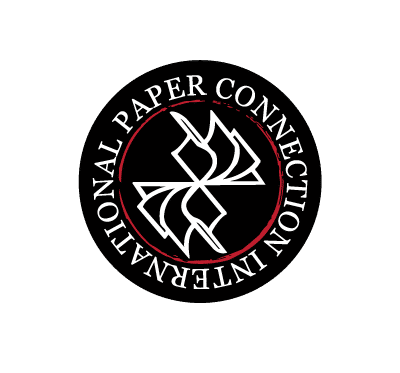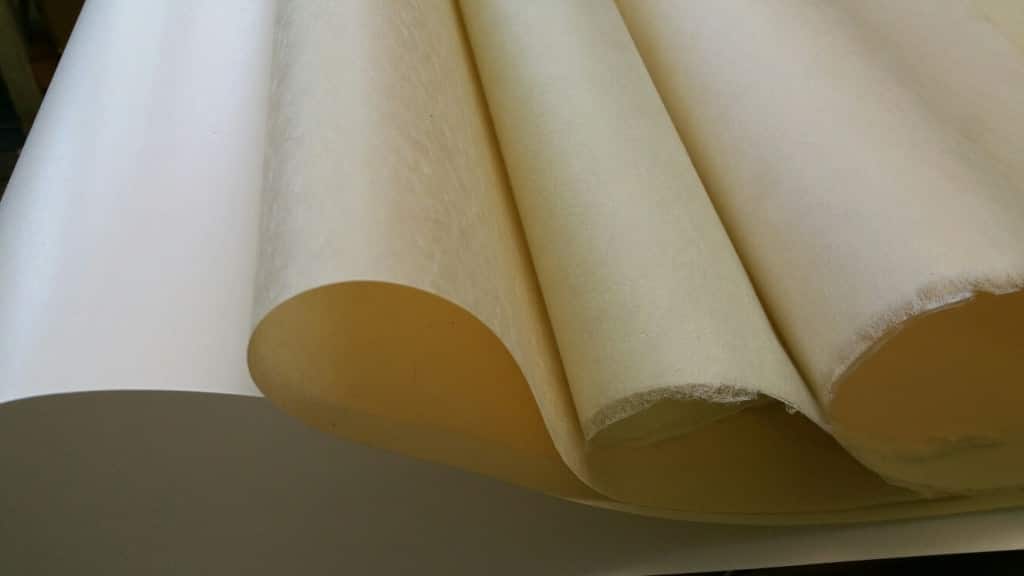What do all these have in common? They are all being celebrated at this year’s Southern Graphics Council International Conference, hosted by the Pacific Northwest College of Art. This year’s theme is FLUX, and appropriately so, as today’s artists draw on their talents, resources, and inspiration in response to changing times in the printmaking world. As they are in that flux state, we are eager to see what images are created, and to learn more about the techniques used. Of course, we want to know what papers are popular, and Paper Connection will be there to offer our share of handmade washi, hanji, lokta, and other sustainable papers.
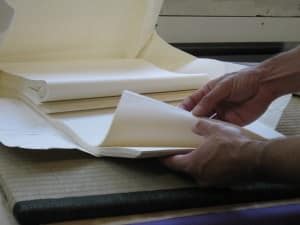
Matthew Letzelter, Chair of Print Media at PNCA, took time out of his busy schedule to answer a few questions for us.
PCI: What special events are not to be missed at this year’s SGCI conference?
ML: I expect the keynote lectures will be very memorable and worth making the effort to not miss. They are all incredible contributors to the field of printmaking and we will have some special guests involved with the James Rosenquist Keynote discussion. We will also have the James Rosenquist exhibition being shown at PNCA’s 511 Gallery to coincide with the keynote lecture and the SGC International Lifetime Achievement Award in Printmaking. This exhibition is being generously supported by the Jordan Schnitzer Family Foundation, which is also part of a newly developed series called the JORDAN D. SCHNITZER EXHIBITION AND VISITING ARTIST SERIES at PNCA.
The exhibition will be a survey of Rosenquist’s printmaking career that spans many decades of his creative practice paired up with some of the top professional printmaking studios in the world.
We have a special conference donut being made by our local Voodoo Doughnut Company. We hope to have these strategically placed at conference locations.
PCI: Yum!
ML: There are now about 100 printmaking exhibitions in the Portland area being programmed for the conference. It shows how Portland is a hub for Printmaking.
There are demos and projects at three institutions that span numerous print techniques, while also showcasing new technologies and processes.
There will be a vendor and publisher fair to catch up on all the new products and work being produced by some of our members and friends of the council.
We are also showing off some of the best printmaking studios in the NW region and proud to open up PNCA’s doors to our new printmaking facility.
PCI: This all sounds truly exciting, and congratulations on your new facility! How will this year’s conference be different than previous ones? What special spin does Portland have as a host city?
ML: This will be only the second time the conference has come to the West coast. I think Portland’s unique location and offerings will be a highlight from past conferences. To me, one of the best parts about the conference is being able to explore a new location, with unique regional restaurants, stores, people, and sites that you might not find at your home location. This coupled with our theme of “Flux” and all the organized events by the council should not disappoint those coming to Portland. PNCA, PSU, OCAC and PCC will be sponsor institutions that traditionally collaborate within the print community and will be working together to make this conference happen.
Portland has a unique culture of coffee, biking, DIY networks, designers, creative companies, acclaimed eateries and food carts along with all the weird NW traditions that journals and papers continue to highlight as a location not to miss. Portland is surrounded by snow-covered volcanoes and divided by rivers that cross the city defining neighborhoods and walkable destinations. It’s a welcoming environment that combines an urban setting and green spaces that continues to attract creative individuals and companies to our city.
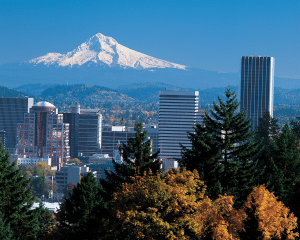
PCI: What goals does PNCA hope to achieve through this show? We heard rumors of a summer residency program?
ML: One of our main goals is to promote the long history of printmaking that we have been promoting as a community in Portland. Highlighting PNCA as an historic art and design institution that has allowed printmaking to take a center stage in the school and has become a favorite area that most students access at some point in their degrees. We offer numerous programs at MFA and BFA levels as well as summer workshops and residencies. We also have Watershed, PNCA’s fine art publishing and research program that brings professional artists, printers and students together to collaborate in an environment that most programs could not begin to support.
I hope the attendees of the conference will have a chance to see PNCA and Portland as a creative hub for printmaking.
PCI: We are confident they will. What would you say is buzzing for this year-a certain printmaking process? There’s been trends of laser cutting on traditionally handmade papers.
ML: There were some great submissions for the events based on our theme of “FLUX” to promote a fluid environment utilizing technology with traditional processes to come up with new methods of making and hopefully healthier processes.
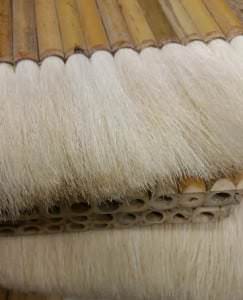
PCI: What about inks, presses, or other materials?
ML: There will be a variety of experimental approaches to printmaking that use conductive inks, new mechanical parts to change the functions of presses as well as some traditional methods that have been combine with technology to move our field forward. We are excited to also be involving two fabrication labs on two campuses along with many printmaking facilities and venues across the city. There might even be some new inks being developed by one of our favorite ink vendors in Portland… Gamblin!
PCI: How much awareness exists for using Japanese and Korean handmade papers? Are they preferred for certain processes? What are some of the reasons for choosing these papers?
ML: We have been lucky to have a mix of both Eastern and Western approaches incorporated into our print programs. Professional printers/faculty such as Paul Mullowney have continued to instigate new techniques with our students at PNCA to explore many traditional eastern approaches to paper backing, chine collé processes, and printing on eastern papers that have not fully been taught in other locations at a professional level. We support a broad spectrum of courses that combine both western and eastern processes and materials that allows students and professionals to explore all the mediums from around the world.
We are finding a higher demand for a variety of the eastern papers due to a number of reasons. The papers can be backed and seamed together to increase size and scale of work within a reasonable budget; they are available on rolls that do not need days of processing to be flat; they tend to have a wide variety of textures and color as well as being very sturdy for their relative density of fiber. We can adhere them to more traditional western papers for illuminating the ink layers and transparency of the fiber along with a strong durability and history of being stable as a medium. As far as processes go, I could not point out one that they are not used in and we have many!
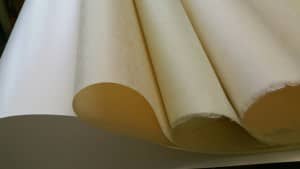
PCI: Matthew, thank you ever so much for your time and well thought out answers, especially during this busy time! We know you have a lot of responsibilities before the show and appreciate what you, your colleagues, and all of PNCA are doing for this year’s Flux 2016.
See you there!
